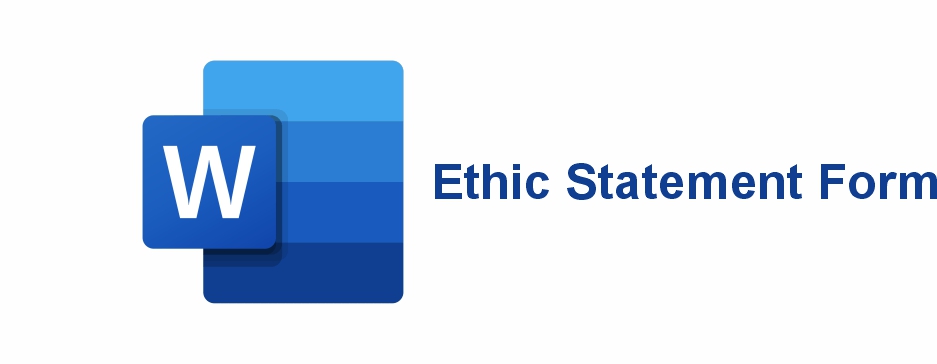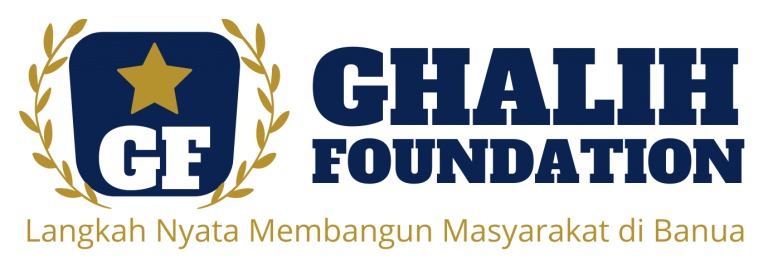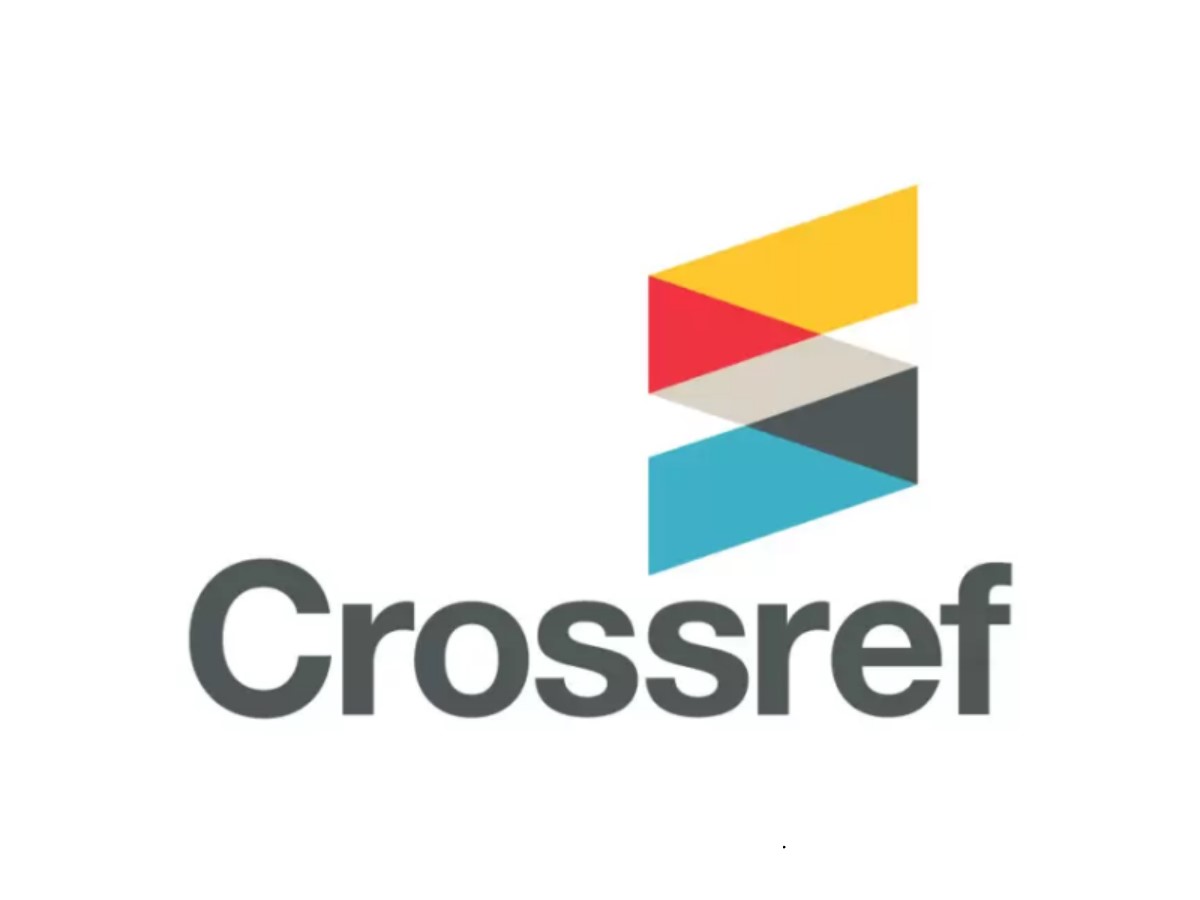THE EFFECT OF DIFFERENT STRUCTURE AND GRADIENT INFILL ON MECHANICAL BEHAVIOR POLYLACTIDE ACID MATERIALS (PLA)
DOI:
https://doi.org/10.53893/austenit.v15i1.6631Keywords:
infill, gradient, poly lactid acid, 3D PrintingAbstract
The purpose of this study is to analyze the effect of our gradient infill on the mechanical behavior of polylactide acid (PLA) materials resulting from 3d printing, which has an impact on the efficiency of material use while still providing good mechanical support. In this study, the specimens were designed using nTopology software and there were 4 variations of the structure, namely square, honeycomb, diamond, and gyroid, each of which was made gradient and non-gradient, then a bending test was carried out to determine its mechanical behavior thats PLA materials. The results of this study indicate that a comparison between specimens with gradient and non-gradient models with 50% porosity can increase the deflection of the specimen, namely square 15.7-19.1 mm, honeycomb 16.3-20.6 mm, Diamond 19.7-21.8 mm, and gyroid 20.3-22.1 mm, with an average deflection of 2.04 mm. In addition, there is a linear correlation of the relationship between thickness to deflection and flexural modulus whereas the thickness value increases, the deflection and flexural modulus will increase. The conclusion of this research is that giving a gradient to the structure can improve mechanical behavior, especially deflection.
Downloads
References
Akbar, I., King, M. L., Fatoni, Z., Sianipar, T. P. O., & Prakoso, A. T. (2023). Numerical Investigation of the Effect Infill from Different Unit cells Structure on Mechanical Behaviour. 3(1), 52–57.
Akbar, I., Prakoso, A. T., Astrada, Y. M., Sofyan Sinaga, M., Ammarullah, M. I., Adanta, D., Mataram, A., Syahrom, A., Jamari, J., & Basri, H. (2021). Permeability Study of Functionally Graded Scaffold Based on Morphology of Cancellous Bone. Malaysian Journal of Medicine and Health Sciences, 17, 60–66.
ASTM INTERNATIONAL. (2002). Standard Test Methods for Flexural Properties of Unreinforced and Reinforced Plastics and Electrical Insulating Materials. D790. Annual Book of ASTM Standards, i, 1–12. https://doi.org/10.1520/D0790-17.2
ERYILDIZ, M. (2021). Effect of Build Orientation on Mechanical Behaviour and Build Time of FDM 3D-Printed PLA Parts: An Experimental Investigation. European Mechanical Science, 5(3), 116–120. https://doi.org/10.26701/ems.881254
Fernandez-Vicente, M., Calle, W., Ferrandiz, S., & Conejero, A. (2016). Effect of Infill Parameters on Tensile Mechanical Behavior in Desktop 3D Printing. 3D Printing and Additive Manufacturing. https://doi.org/10.1089/3dp.2015.0036
Johnson, G. A., & French, J. J. (2018). Evaluation of Infill Effect on Mechanical Properties of Consumer 3D Printing Materials. Advances in Technology Innovation, 3(4), 179–184.
MartÃn, M. J., Auñón, J. A., & MartÃn, F. (2021). Influence of infill pattern on mechanical behavior of polymeric and composites specimens manufactured using fused filament fabrication technology. Polymers. https://doi.org/10.3390/polym13172934
Mensah, R. A., Edström, D. A., Lundberg, O., Shanmugam, V., Jiang, L., Qiang, X., Försth, M., Sas, G., Hedenqvist, M., & Das, O. (2022). The effect of infill density on the fire properties of polylactic acid 3D printed parts: A short communication. Polymer Testing, 111(April), 0–2. https://doi.org/10.1016/j.polymertesting.2022.107594
Prakoso, A. T., Basri, H., Adanta, D., Yani, I., Ammarullah, M. I., Akbar, I., Ghazali, F. A., Syahrom, A., & Kamarul, T. (2023). The Effect of Tortuosity on Permeability of Porous Scaffold. Biomedicines, 11(2), 427. https://doi.org/10.3390/biomedicines11020427
Shanmugam, V., Das, O., Neisiany, R. E., Babu, K., Singh, S., Hedenqvist, M. S., Berto, F., & Ramakrishna, S. (2020). Polymer Recycling in Additive Manufacturing: an Opportunity for the Circular Economy. Materials Circular Economy. https://doi.org/10.1007/s42824-020-00012-0
Shubham, P., Sikidar, A., & Chand, T. (2016). The Influence of Layer Thickness on Mechanical Properties of the 3D Printed ABS Polymer by Fused Deposition Modeling Thea Influence of Layer Thickness on Mechanical Properties of the 3D Printed ABS Polymer by Fused Deposition Modeling. August, 1–6. https://doi.org/10.4028/www.scientific.net/KEM.706.63
Soufivand, A. A., Abolfathi, N., Hashemi, S. A., & Lee, S. J. (2020). Prediction of mechanical behavior of 3D bioprinted tissue-engineered scaffolds using finite element method (FEM) analysis. Additive Manufacturing, 33(February). https://doi.org/10.1016/j.addma.2020.101181
Tanveer, M. Q., Haleem, A., & Suhaib, M. (2019). Effect of variable infill density on mechanical behaviour of 3-D printed PLA specimen: an experimental investigation. SN Applied Sciences. https://doi.org/10.1007/s42452-019-1744-1
Torres, J., Cole, M., Owji, A., DeMastry, Z., & Gordon, A. P. (2016). An approach for mechanical property optimization of fused deposition modeling with polylactic acid via design of experiments. Rapid Prototyping Journal. https://doi.org/10.1108/RPJ-07-2014-0083
Trachtenberg, J. E., Mountziaris, P. M., Miller, J. S., Wettergreen, M., Kasper, F. K., & Mikos, A. G. (2014). Open-source three-dimensional printing of biodegradable polymer scaffolds for tissue engineering. Journal of Biomedical Materials Research - Part A. https://doi.org/10.1002/jbm.a.35108
Zamheri, A., Arifin, F., & Syahputra, A. P. (2020). STUDI PENYUSUTAN PEMBUATAN GIGI PALSU DENGAN 3D PRINTING FDM PENDEKATAN METODE TAGUCHI. AUSTENIT, 12(2), 43–47. https://doi.org/10.5281/zenodo.4547840
Zhao, H., Li, L., Ding, S., Liu, C., & Ai, J. (2018). Effect of porous structure and pore size on mechanical strength of 3D-printed comby scaffolds. Materials Letters, 223, 21–24. https://doi.org/10.1016/j.matlet.2018.03.205
Downloads
Published
How to Cite
Issue
Section
License
Copyright (c) 2023 Authors and Publisher

This work is licensed under a Creative Commons Attribution-ShareAlike 4.0 International License.
The Authors submitting a manuscript do so on the understanding that if accepted for publication, Authors retain copyright and grant the AUSTENIT right of first publication with the work simultaneously licensed under a Creative Commons Attribution-ShareAlike License that allows others to share the work with an acknowledgment of the work's authorship and initial publication in this journal.
AUSTENIT, the Editors and the Advisory International Editorial Board make every effort to ensure that no wrong or misleading data, opinions or statements be published in the journal. In any way, the contents of the articles and advertisements published in AUSTENIT are the sole responsibility of their respective authors and advertisers.















